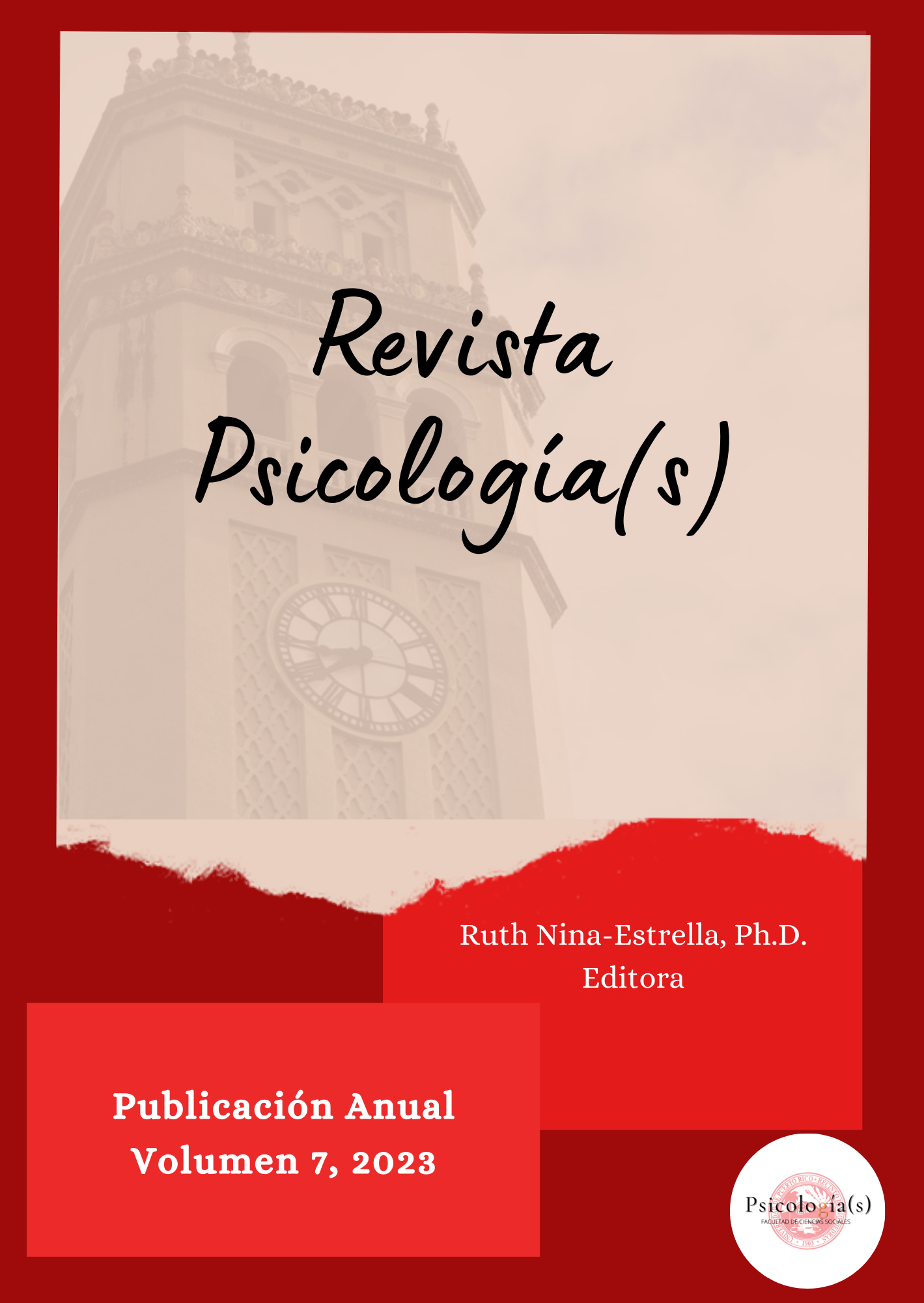Abstract
The methodology of this study was the qualitative method, employing content analysis as the technique and working within a social constructivism theoretical framework to deconstruct women’s experience of PMDD, considering that they are subjected to socially preassigned scripts of femininity. Accordingly, I analyzed women’s position within society, particularly how the social construction of PMDD functions to segregate women and focuses not on their experience but on their perceived negative effect on others. Analyzing the position of women within society posed a counter to the medical discourse which aims to readapt women into their socially assigned roles, redirecting the blame for their unaccepted behavior to their "hormonally imbalanced" bodies, and consequently dismissing their claims as products solely of biological processes. Alternatively, I propose we should attempt to approach women’s emotions and behaviors not ascribed to the ideal femininity without immediately villainizing and irrationalizing her, instead by restituting a space for her voices and her experiences to be acknowledged.
References
American Psychiatric Association (2022). Depressive Disorder: Premenstrual dysphoric disorder. Diagnostic and Statistical Manual of Mental Disorders: DSM-5-TR (pp.197-201). American Psychiatric Association Publishing.
Babapour, F., Elyasi, F., Shahhosseini, Z., & Hosseini Tabaghdehi, M. (2023). The Prevalence of Moderate–severe Premenstrual Syndrome and Premenstrual Dysphoric Disorder and the Related Factors in High School Students: A Cross‐sectional Study. Neuropsychopharmacology Reports, 43(2), 249–54. https://doi.org/10.1002/npr2.12338
Braunstein, N. (2011). El encargo social y las premisas operantes en la psicología clínica. In Psicología: ideología y ciencia (pp. 385-402). Editorial Siglo XXI.
Cabral, M., & Dillender, M. (2021). Disparities in Health Care and Medical Evaluations by Gender: A Review of Evidence and Mechanisms. AEA Papers & Proceedings, 111, 159-163. https://doi-org.uprrp.idm.oclc.org/10.1257/pandp.20211016
Chan, K., Rubtsova, A. A., & Clark, C. J. (2023). Exploring diagnosis and treatment of premenstrual dysphoric disorder in the U.S. healthcare system: a qualitative investigation. BMC Women’s Health, 23(1), 272. https://doi-org.uprrp.idm.oclc.org/10.1186/s12905-023-02334-y
Figert, A. E. (2005). Is PMS Real? PMS as Scientific and Cultural Artifact. In Women and the Ownership of PMS. The Structuring of a Psychiatric Disorder (pp. xiii-xiv/pp. 3-21). Walter de Gruyte.
Gergen, K. J. (1985). The social constructionist movement in modern psychology. In American Psychologist, 40, 266-275.
Goswami, N., Upadhyay, K., Briggs, P., Osborn, E., & Panay, N. (2023). Premenstrual disorders including premenstrual syndrome and premenstrual dysphoric disorder. Obstetrician & Gynaecologist, 25(1), 38-46. https://doi-org.uprrp.idm.oclc.org/10.1111/tog.12848
Larrondo, C. (2007). LT 22 Radio La Colifata. Bausan Films. Sagrera, TVE. Retrieved March 28, 2023.
Martin, E. (1988). Premenstrual Syndrome: Discipline, Work and Anger in Late Industrial Society. In Blood Magic: The Anthropology of Menstruation (pp. 161-185). California University Press.
Nayman, S., Schricker, I. F., Reinhard, I., & Kuehner, C. (2023). Childhood adversity predicts stronger premenstrual mood worsening, stress appraisal and cortisol decrease in women with Premenstrual Dysphoric Disorder. Frontiers in Endocrinology, 14, 1278531. https://doi-org.uprrp.idm.oclc.org/10.3389/fendo.2023.1278531
Piñuel Raigada, J. L. (2002). Estudios De Sociolingüística, 3(1), 1-42.
Sampieri, R. H., Lucio, P. B., & Collado, C. F. (2010). Metodología de la Investigación (5th ed.). McGraw-Hill Interamericana.
SBS The Feed. (2019, September 9). Is medical gas lighting silencing those with PMDD? [Video]. Youtube. https://www.youtube.com/watch?v=UnsGVXPUwZs&t=453s
Ussher, J. M. (2006). Managing the Monstrous Feminine: A study of Premenstrual Experience. In Managing the Monstruos Feminine: Regulating the Reproductive Body. Routledge.
Vale Nieves, O. (2012). Foucault, el poder y la psicopatologización de las mujeres: coordenadas para el debate. En Teoría y crítica de la psicología, 2, 148-159. http://teocripsi.com/documents/2VALE.pdf

This work is licensed under a Creative Commons Attribution-NonCommercial-NoDerivatives 4.0 International License.
Copyright (c) 2024 Psicologías

